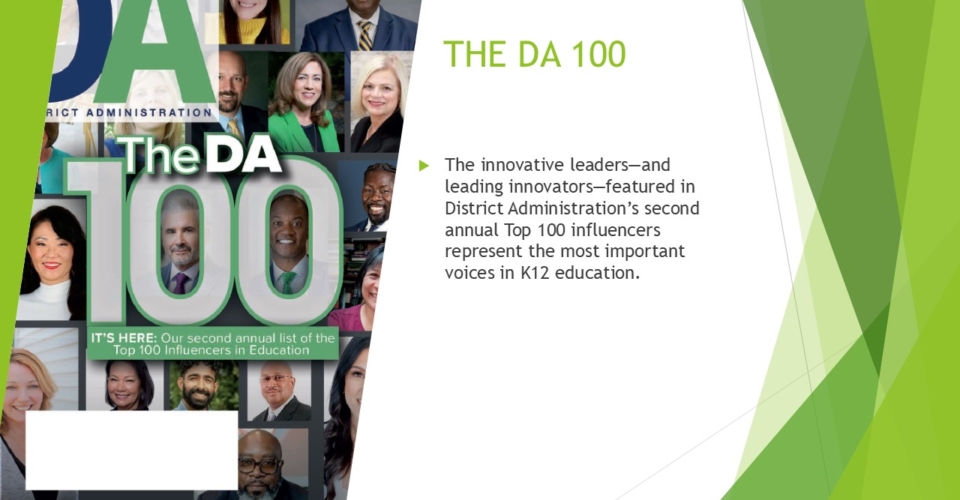Strategic school staffing models recognize that the K12 teaching workforce will never again look like it did in decades past, researchers say. Administrators, now facing teacher vacancies that can last as long as a whole school year, say expanding models such as flexible schedules and team teaching is “so hard, but so rewarding,” according to research released Thursday.
“Increasingly, leaders are realizing that the scale of the challenge requires radically rethinking who they hire to educate students, how they design the job, and how they support educators to stay in the profession,” say the authors of the Center on Reinventing Public Education report, which tracked implementation of seven strategic school staffing models:
- Redesigned schedules and workload
- Redefined teacher requirements
- Collaborative teaching structures
- Intentional teacher recruitment programs
- New teacher leadership roles
- Differentiated and personalized teacher development
- Compensation
The report’s most troubling finding is that despite being extensively piloted and showing promising results, these models “remain fragile,” the report warns. The administrators surveyed said that the barriers included state regulations, school board mandates and “informal but deeply rooted school and district-level practices.”
Some staff were also distrustful about how the new procedures would impact teachers, which required leaders to communicate clearly about their intentions. Another hurdle was “uprooting old assumptions about what the teaching role can be and breaking rule-following mindsets,” the authors noted.
Strategic school staffing: Secrets to success
Strong relationships were the key to transforming school staffing models, administrators interviewed for the report advised. Leaders needed to keep open lines of communication with staff about their day-to-day experiences and any problems arising as new models are adopted. One leader told researchers that she meets regularly with a panel of 16 teachers to stay updated on the progress of new procedures.
These relationships also help administrators identify thought leaders who will become instrumental in making the changes last. Another way to entrench new models is to show off their success. As one leader told the researchers: “to make that change, people need to see it’s different to believe it. And then it’s awesome.
The report encourages administrators to share the responsibilities of reimaging the teaching profession. This includes seeking help from school board members and stakeholders outside the district who may be able to lobby state officials to provide policy support. External organizations can also be instrumental in developing training materials.
“Superintendents who do not intend to lead this work should make frequent declarations about the importance and priority of these initiatives,” the report concludes. “This explicit support can help combat resistance among staff uninterested in changing … Without this sort of system-wide support, initiative leaders are left working with the early adopters who are naturally drawn to the idea.
‘Talking out of School’ podcast: Addressing a complexity of student needs



